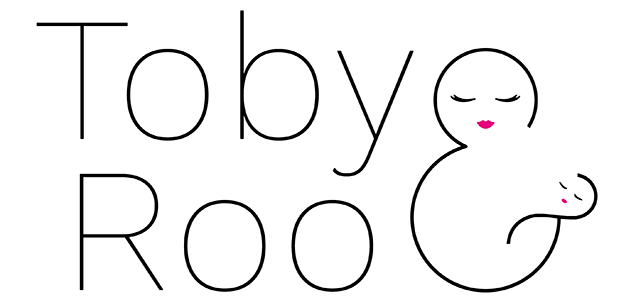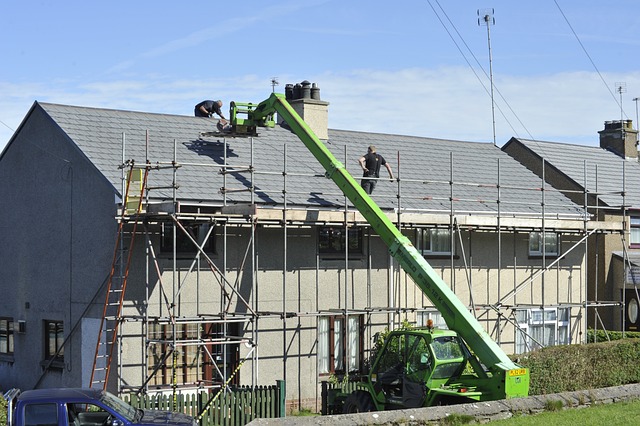Live in a home that’s warm in winter and cool in summer without breaking the bank. Insulation is the key to making this a reality for your energy efficient home. It’s a barrier that keeps the temperature you want inside and reduces the need for too much heating or cooling.
When your home is insulated right you can save on bills and enjoy a consistent indoor climate. Energy efficiency is good for your wallet and the environment by reducing your carbon footprint.
It may seem like a small thing but the right insulation can make all the difference in how your home handles seasonal temperature changes. Insulating your home right means investing in comfort, savings and sustainability all at once.
Insulation and Thermal Performance
Proper insulation is key to an energy efficient home. It stops heat transfer, keeps temperatures comfortable and can save you money on bills.
Insulation Materials
When you think of insulation you think of various materials, each with its own benefits. Fiberglass is the most common, known for its durability and affordability. Cellulose made from recycled paper is an eco-friendly option with great soundproofing.
For those with moisture and mould issues spray foam is a great sealer, filling gaps and stopping air leaks. Rigid foam boards are another option, high insulating value and moisture resistant. Reflective or radiant barriers are used in hot climates to reflect heat away.
How Insulation Works
Insulation works by reducing heat flow which can occur through conduction, convection and radiation. It traps air within its structure and blocks conductive heat flow. The goal is to create a barrier that conditions internal environments by controlling temperature changes.
In winter, insulation keeps heat in and in summer it keeps heat out, maintaining indoor comfort all year round. Proper installation is key as gaps or compressed materials can reduce its performance.
Measuring Insulation Performance
To measure insulation performance several factors must be considered. The material’s R-value which is the measure of its resistance to conductive heat flow varies depending on material type, thickness and density. Higher R-values means better insulating performance.
Installation is key to the insulation’s efficiency. Properly fitted materials will perform consistently without gaps or misalignments. And local climate and building design should influence your insulation choices to ensure it’s compatible with your environment.
R-Value Explained
The R-value measures an insulation material’s thermal resistance and how it stops heat transfer. Higher R-value means better insulation and better energy savings and home comfort. Different materials have different R-values so it depends on the situation.
When deciding what R-value you need consider local climate, building design and energy efficiency goals. The ideal R-value is the balance between cost and performance, maximum benefits without extra cost. Always check local guidelines or professionals for specific advice.
Energy Conservation with Insulation
Insulation is key to energy conservation in your home. It keeps temperatures comfortable and saves you money by reducing the need to heat or cool the space.
Reducing Heat Transfer
The main job of insulation is to reduce heat transfer, to keep your home at a consistent temperature. This means slowing down the movement of heat through walls, ceilings and floors.
In winter good insulation keeps warmth in, prevents rapid heat loss. In summer it works the opposite way, keeps your home cooler by reducing heat gain from outside. High quality insulation materials like fiberglass, cellulose and foam have different levels of performance.
Understanding R-values which measures insulation’s ability to resist heat flow is important. Higher R-value means better insulating properties, especially for extreme climates.
Energy Consumption and Insulation
Insulation affects your energy consumption. When your home is well insulated your heating and cooling systems work less, energy consumption goes down. You’ll notice a drop in your utility bills as your HVAC units don’t have to work overtime to compensate for temperature losses or gains.
Choosing the right type and thickness of insulation for attics, walls and basements can cut down wasted energy. And installing energy-star certified systems can complement good insulation to make your home more energy efficient. This reduces demand on non-renewable energy sources and lowers your carbon footprint for a more sustainable lifestyle.
Long Term Savings
Investing in proper insulation means long term savings. Although the upfront cost may seem high, the savings in your energy bills can cover this in a few years. Insulation saves on heating and cooling costs and prolongs the life of your HVAC systems by reducing their work load. Over time you’ll spend less on maintenance and repairs.
And proper insulation increases your property value, appealing to potential buyers looking for energy efficient homes. With the right materials and installation insulation is a long term asset, means financial savings and comfort in your living space.
Home Insulation Best Practices
Proper home insulation is key to energy efficiency. It involves planning, choosing the right materials for each area and deciding between professional installation or DIY. Regular maintenance and timely upgrades will keep your home energy efficient.
Insulating Different Parts of the Home
Each part of your home requires specific insulation for maximum energy efficiency. Insulating your attic will prevent heat loss as heat rises and can escape easily through the roof. Walls need adequate insulation to block outside temperatures to keep your home comfortable all year round.
Don’t forget your floors and basement. These areas are often neglected but can impact your home’s overall insulation performance.
Professional Installation vs. DIY
Choosing between professional installation and DIY depends on your budget, time and skill level. Professional installers like Effective Home have the expertise and tools, often guarantee a better workmanship. They are also knowledgeable on new build regulations for insulation to help you meet all the requirements.
If you go DIY, research thoroughly, use the right materials and follow safety guidelines. Knowing the intricacies of your home’s insulating needs is key to a successful DIY project.
Maintenance and Upgrades
Regularly check your insulation to ensure it’s still effective. Insulation can settle over time or get damaged by moisture, pests or normal wear. Periodic checks will help you identify issues early on.
When upgrading consider newer, more efficient materials that have better thermal performance. Combining checks with upgrades will give you huge energy savings.
Eco Friendly Insulation Options
Choosing eco-friendly insulation can impact your home’s energy efficiency and reduce your carbon footprint. These options often use sustainable, renewable or recycled materials to pave the way for greener building practices.
Natural and Recycled
For those who want to go green natural fibers like sheep’s wool or cotton are great options. They’re renewable, biodegradable and have good insulation properties. Wool for example is naturally fire and pest resistant without any chemical treatment.
Recycled materials like cellulose insulation made from recycled newspaper can reduce waste. It’s treated to be fire and pest resistant for both environmental and safety benefits. Cotton insulation made from recycled denim is also a sustainable option because it’s renewable and chemical free.
Choosing these materials will not only give you energy efficiency but also upcycles waste and reduces pollution. Each material has its own benefits so you can choose what’s best for your home and your environmental goals.
New Insulation Technologies
Insulation innovation goes beyond traditional materials. Aerogel is ultra light and highly efficient. Used in extreme environments its high thermal performance is slowly making its way to residential construction.
Vacuum Insulation Panels (VIPs) also has cutting edge technology, high thermal resistance with minimal thickness. These panels save space without sacrificing insulation quality.
Spray foam insulation with eco-friendly formulation is also on the rise. It’s easy to apply and fills gaps perfectly, improving your home’s efficiency.
These are the future of insulation, combining efficiency with sustainability to upgrade both new and old homes. By choosing these options you’re investing in a sustainable future.




